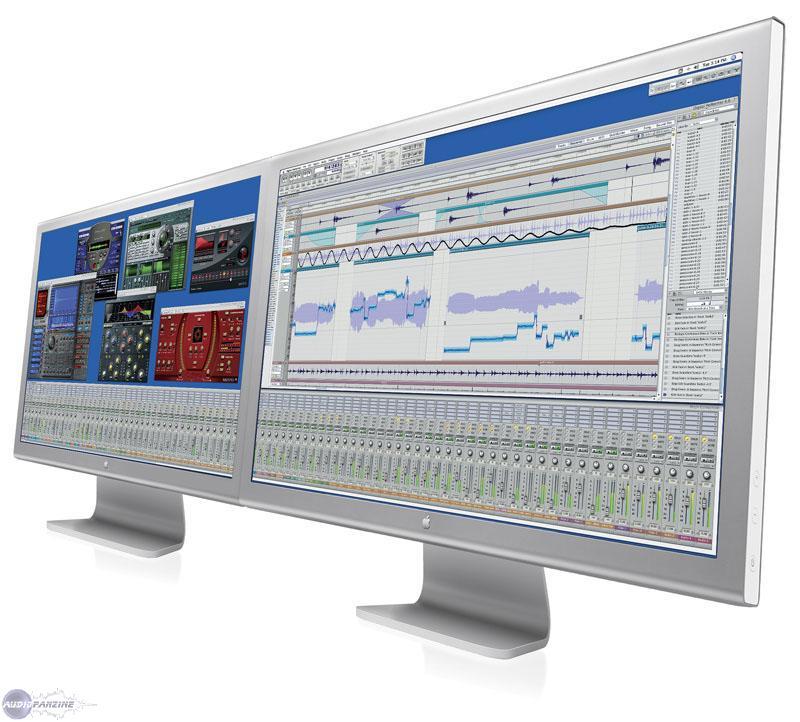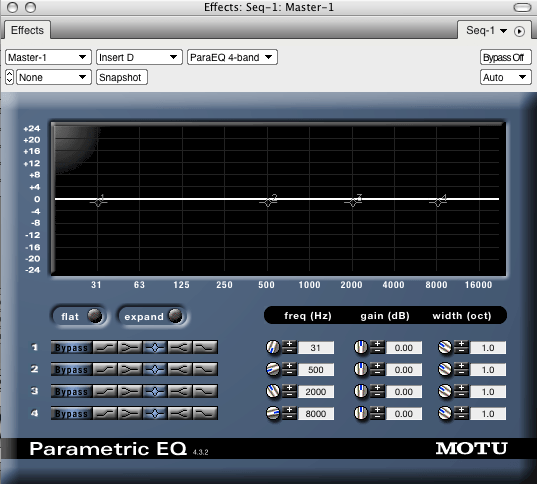

Then you can save custom maps and access them readily from the MIDI Editor, in which each articulation has its own lane. For libraries that don’t have articulation maps, including older ones, you can still set them up using a wide choice of Control Change, Note-On velocity triggers, and other MIDI messages to switch articulations. DP can also import Steinberg Cubase articulation maps. If your sample library supports it, you can import its articulation map data into DP from the Articulation Map Setup window, and you’re ready to go.
#Digital performer 6 reviews pdf#
Not surprisingly the PDF manual focuses on orchestral instruments, but almost any library is fair game. The articulation mapping features in modern DAWs – now including DP – address this (although the features may have different names and implementations). This can make a musician feel like he or she is piloting a helicopter rather than playing music. These are often changed using keyswitches – notes on an unused range of the keyboard. Selecting the data highlights your choice, and you can drag your chosen data vertically in either direction, effectively compressing or expanding the collective value.Īrticulation maps. Sampled instruments often need to switch between multiple articulations, which are different playing techniques – for example varying the bowing or picking distance between the bridge and neck of a stringed instrument. Mercifully, DP’s new Scale tool lets you edit overzealous (or less-than-zealous) controller curves in one or two fell swoops. Because each MPE event type is accessible through DP’s Sequence Editor lanes, you can easily tighten up out-of-tune pitch-bend values for individual notes in a chord, or adjust other MPE controller events.Įditing individual controller events by hand is a muse-killer if ever there was one. DP’s Sequence Editor screen can now toggle between individual lanes with note-by-note MIDI and track data.


My keyboard chops aren’t exactly virtuosic, and playing chords on my Roli Seaboard can get funky (in the wrong way), with the intonation of some notes landing a bit too sharp or flat. In the Plug-in’s assignment window, simply change the settings from MIDI 1 to MPE and you’re good to go. MOTU has also endowed a batch of their built-in synths with MPE capabilities. In DP, once you have defined your controller as an MPE device ( see my tutorial for setting up MPE and Multi-Channel tracks in DP 11), you are ready to wring expression out of any MPE-capable synth, such as FXPansion Strobe 2, Rhizomatic Plasmonic, Roli Equator, or Arturia Pigments. The latter two required minimal finagling, and the former took two or three clicks in a single pane.Īlthough it’s similar to multi-channel MIDI, MPE requires a different set of protocols shared between controller and synth. MPE deploys a similar multichannel approach so that notes can respond independently to channel-based MIDI control messages.īecause DP MIDI tracks can now record data from multiple channels, there’s no longer any need to create a track for each channel – you simply set the output of the target device to “ any.” Rhizomatic Software’s Plasmonic proved to be a perfect pairing for my MIDI guitar and DP’s Multi-Channel MIDI tracks, as did UVI Falcon and Spectrasonics Omnisphere. Those of us who play MIDI string instruments relied on MIDI Mode 4, a setup that allows data such as pitchbend to be issued independently from each string. Prior to version 11, DP MIDI tracks were strictly one MIDI channel per track, so using MIDI Polyphonic Expression required a bit of hoop-jumping – as did setting up tracks for MIDI guitar or other multichannel controllers. Here are some of the notable updates in DP11. But in my (highly controversial) opinion, none has done so with the craft, creativity, and depth of DP.
#Digital performer 6 reviews software#
To be sure, most of the other software packages have proceeded apace. We even have virtual recording studios as plug-ins within our virtual recording studios! Being a modern-day DAW, DP11 hosts racks of synthesizers, MIDI and audio processors, it syncs to picture, has music notation, compositional tools… so much more.


 0 kommentar(er)
0 kommentar(er)
